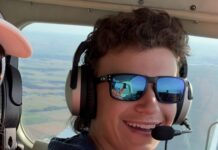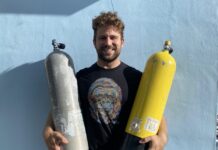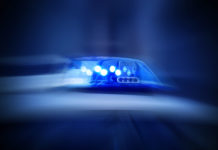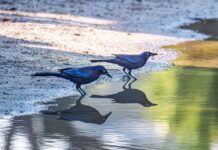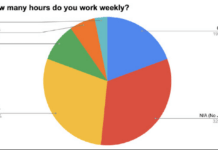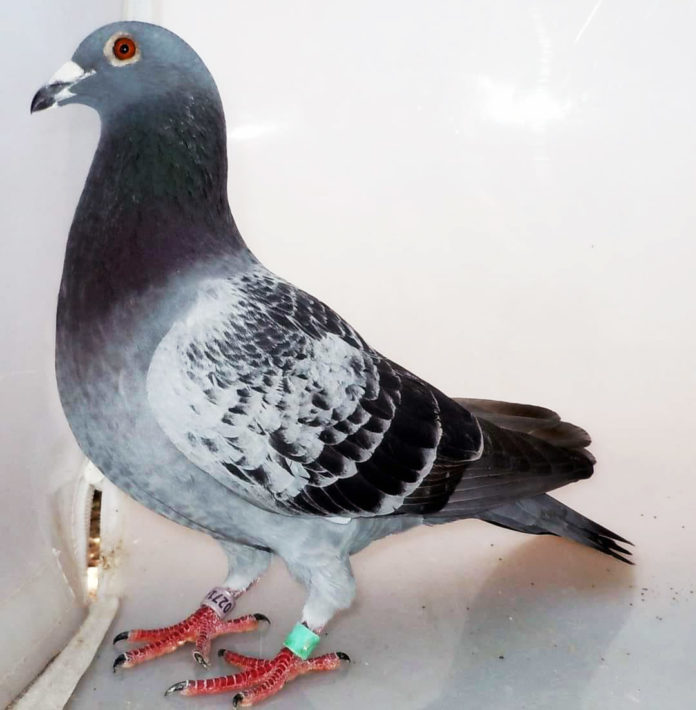
Jim Hale is doing his level best to catch as many racing pigeons as he can, but it’s slow going. Social media is alive with tales of these birds spotted in the Florida Keys. The pigeons are wearing stamped bands that read “Cuba,” or “FCI” or “FCC.” He’s taking the birds back to his pigeon loft in Key West, and feeding them proper racing food so the birds will have the strength to fly home when released.
“These pigeons cannot survive on Froot Loops or Cocoa Puffs and bird seed doesn’t have enough protein to sustain them” or give them the stamina they need for the 100-mile trip across the ocean, back to Havana, Hale said. Racing pigeons can’t survive in the wild because they are domesticated animals that are at risk from starvation, cars, cats and dogs.
In the past five days, he’s managed to corral 19 of the Cuban birds. This isn’t the first time it’s happened, either. One year he collected 78, though he can’t remember the year. Hale has a lot of experience with this sort of phenomenon — he’s been racing pigeons for three decades.
Most likely, he said, the birds were blown off course by a strong storm two weeks ago. Spring, Hale said, is prime racing season. For Cubans, the racing pigeons are a big investment and why he’s so intent on collecting the birds and getting them strong enough to be released.
“Cubans don’t have a whole lot. They might win a year’s salary in a single pigeon race. The owners probably spend more money on the pigeons’ food than they spend feeding their own family,” he said.
Hale said he’s heard that, in Cuba, trying to lure away another owner’s racing pigeon is not uncommon. And some of the birds could end up on a dinner plate as the country faces food shortages made worse by the pandemic, he said. It’s clear that Hale worries about the people who share his passion, who have no way of knowing what has happened to their birds
Hale’s advocacy has attracted the attention of the Federal Bureau of Investigation. He said an agent called this week and asked him a lot of questions. He said she seemed satisfied with his answers. And, no, he’s not sending secret messages via pigeon, thankyouverymuch.
The questions are probably warranted, however, because homing pigeons are so useful. During the Cold War, the CIA’s Office of Research and Development created a camera small enough to be strapped to the breast of a pigeon for spying purposes. And homing pigeons have been used to carry messages since the time of Julius Caesar in ancient Rome. Sending war messages via pigeon was common during World War I and World War II, too.
When the birds have regained their strength, on a clear and sunny morning, Hale said, he’ll put on some loud Latin music and open the doors to the pigeon loft.
“They don’t come with a story, so I don’t know exactly why they are here,” Hale said. “I jokingly told the FBI agent that I was going to put a happy face sticker on the birds and release them. I want the Cuban owners to know that somebody took care of them and let them go.”
Locals who spot a homing pigeon should try to catch it, then give Hale or a bird center volunteer a call to come collect it.
“I had one call about a pigeon in the rafters. If they can’t catch it, I probably can’t either,” Hale said.
Hale is at 305-923-4970; the Key West Wildlife Center, 305-292-1008; Marathon’s Wild Bird Center, 305-743-8382; or Tavernier’s Florida Keys Wild Bird Rehabilitation Center, 305-852-4486.

